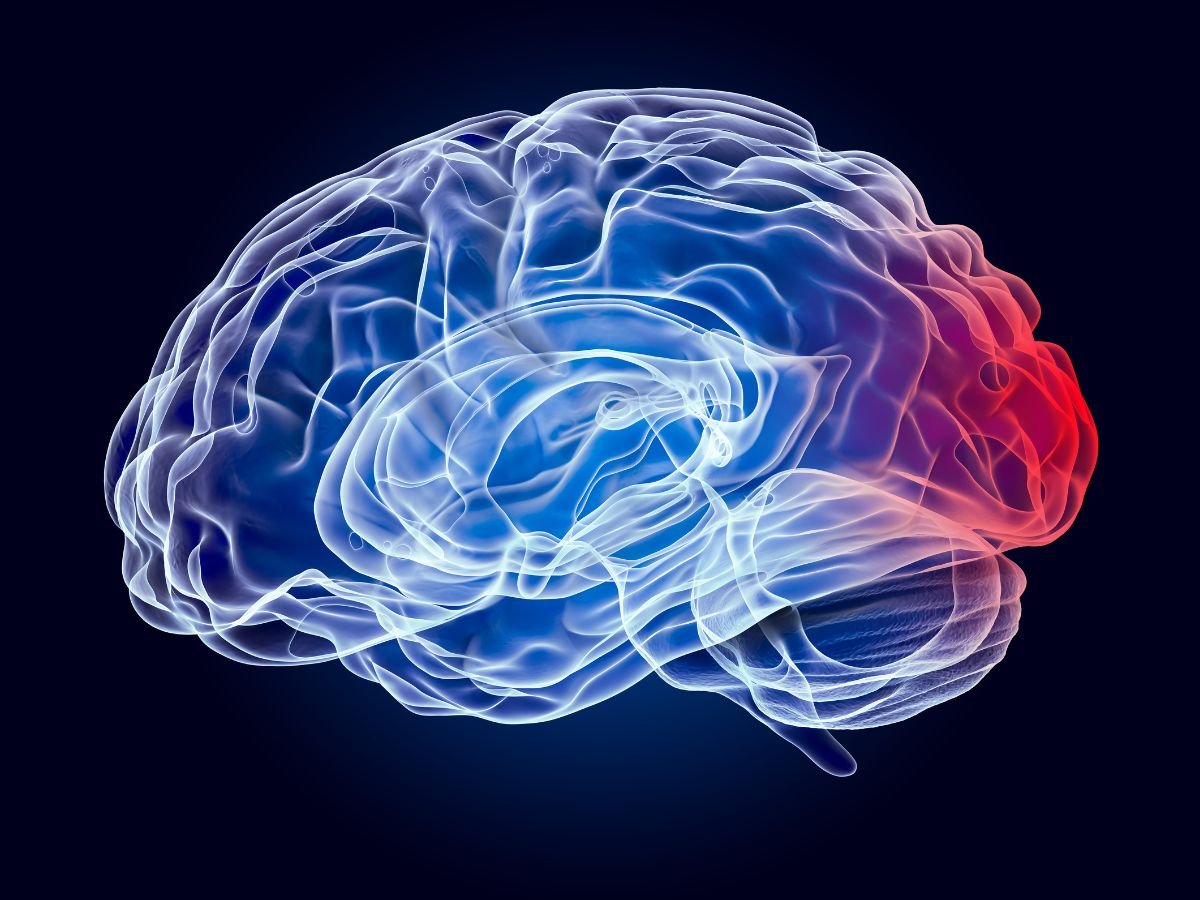New Delhi, 18 August 2025: A heartbreaking case has emerged from Kerala, where a 9-year-old girl tragically lost her life due to a rare and often fatal infection caused by a brain-eating amoeba. Following this, the state has issued a health alert as additional suspected cases have surfaced, including a 3-month-old infant and a 40-year-old man. The incident has triggered widespread concern, highlighting the importance of awareness about this dangerous pathogen and the symptoms it causes.
This article explores what this infection is, how it affects the body, symptoms to watch for, treatment options, and the crucial steps to prevent exposure.
What Is the Brain-Eating Amoeba?
The brain-eating amoeba, scientifically known as Naegleria fowleri, is a single-celled organism found in warm freshwater bodies like lakes, rivers, ponds, and poorly maintained swimming pools. It thrives in warm temperatures, especially during summer months.
The amoeba enters the human body through the nose—not by drinking water, but usually while swimming, diving, or washing the face with contaminated water. Once inside, it travels to the brain via the olfactory nerve and causes a rare but severe infection called Primary Amoebic Meningoencephalitis (PAM).
How Does It Affect the Brain?
Once the amoeba reaches the brain, it begins destroying brain tissue. The infection is rapid and aggressive. Within just a few days, the victim can go from experiencing mild symptoms to being in a coma. The disease causes the brain to swell, which often proves fatal if not diagnosed and treated immediately.
Unfortunately, due to its rarity and how fast it progresses, PAM is often diagnosed too late for treatment to be effective.
Kerala’s Recent Cases
The tragic death of the 9-year-old girl marks one of several cases reported in the region this year. Following this incident, two more patients—a baby and a middle-aged man—were admitted to hospitals with symptoms consistent with the amoeba infection. Both are receiving intensive care, and health officials are monitoring the situation closely.
Authorities have launched public awareness campaigns and started testing water sources in affected areas. People have been advised to avoid swimming in stagnant or untreated water, especially during hot weather.
Symptoms of Brain-Eating Amoeba Infection
Symptoms typically appear 1 to 12 days after exposure, with the average being around five days. The early signs often resemble bacterial meningitis or a common flu, which is why they’re often ignored until the disease progresses dangerously.
Early Symptoms:
- Sudden and severe headache
- High fever
- Nausea and vomiting
- Stiff neck
- Light sensitivity
Advanced Symptoms:
- Confusion and disorientation
- Loss of balance or coordination
- Seizures
- Hallucinations
- Coma
Due to the rapid progression of the disease, early detection is crucial. If anyone develops these symptoms after recent exposure to warm freshwater, they should seek immediate medical help.
How Is It Diagnosed?
Diagnosing PAM is challenging because it mimics other conditions like bacterial or viral meningitis. To confirm the presence of Naegleria fowleri, doctors typically:
- Collect cerebrospinal fluid via lumbar puncture
- Conduct specialized laboratory tests like PCR (polymerase chain reaction)
- Use imaging like MRI or CT scans to detect brain swelling
Because the infection develops so rapidly, time is of the essence. Delays in diagnosis significantly reduce the chances of survival.
Is There a Cure?
There is no guaranteed cure, and most treatments have limited success due to the aggressiveness of the infection. However, if caught early, aggressive treatment can improve the odds.
Treatment usually involves:
- Antifungal and anti-parasitic drugs like Amphotericin B and Miltefosine
- Anti-inflammatory medications to reduce brain swelling
- Supportive care in an intensive care unit
In recent years, a few survivors have been recorded thanks to early diagnosis and a combination of aggressive treatments. Still, the global fatality rate remains above 95%, making prevention even more critical.
Why Is It So Deadly?
Naegleria fowleri infections are rare, but when they occur, they are devastating. What makes the amoeba so deadly is how quickly it multiplies and damages brain tissue. By the time most patients are correctly diagnosed, the damage to the brain is often irreversible.
Additionally, because the condition is so rare, many healthcare professionals may not consider it a likely diagnosis in its early stages, leading to treatment delays.
How to Prevent Brain-Eating Amoeba Infections
Preventing this infection largely depends on limiting exposure to contaminated water. Here are important prevention tips:
- Avoid swimming or diving in warm, stagnant freshwater, especially during the summer.
- Keep your head above water when in freshwater bodies.
- Use nose clips if swimming or diving in lakes, ponds, or untreated pools.
- Do not stir up the sediment in shallow freshwater areas.
- Avoid using untreated water to rinse your nose or sinuses.
- If using a neti pot or nasal irrigation device, only use distilled, sterilized, or previously boiled water.
Additionally, pool owners should ensure their pools are properly chlorinated and regularly cleaned to avoid creating a breeding ground for the amoeba.
What’s Being Done in Kerala?
Following the recent cases, health officials have taken swift action. Local water sources are being tested, public pools are being inspected, and health education initiatives are being launched to inform communities about the risks.
Parents have been advised to keep young children away from open or untreated water bodies. Community centers and hospitals are being equipped to handle potential future cases with rapid diagnostic kits and emergency treatment protocols.
While Naegleria fowleri infections are extremely rare, their impact is devastating. The tragic loss of the 9-year-old child in Kerala is a painful reminder of the dangers lurking in seemingly safe environments. The key lies in public awareness, early detection, and preventive action.
If someone develops symptoms like a severe headache or fever after swimming in warm freshwater, don’t wait. Seek medical attention immediately. In the case of brain-eating amoeba infections, every hour counts.
Being informed can save lives. Know the risks, take precautions, and spread awareness.







